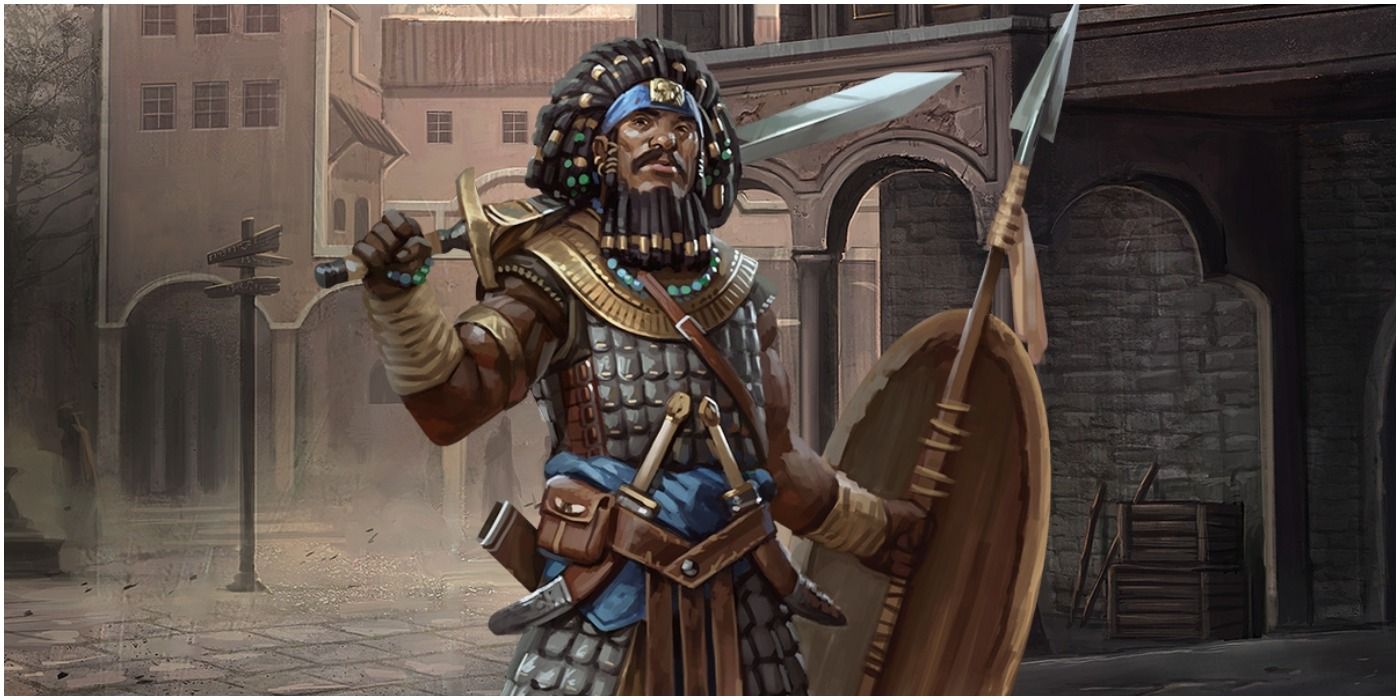Like any good RPG, no Dungeons & Dragons campaign is complete without a healthy dose of combat. As they venture through the mystical and unforgiving Forgotten Realms, players will guide their characters through encounters with enemies ranging from common ruffians to sadistic mind-flayers to the titular fire-breathing lizards themselves.
Though each class deals with foes differently, one of the most common methods is to hit it with something sharp, heavy, or both — and that's where melee weapons come in. For D&D players who favor swords, axes, clubs, staffs, or any other up-close-and-personal combat item, here's a guide to their basic mechanics and properties.
Weapon Types
Like all weapons in D&D, melee weapons are classified as either simple or martial. Simple weapons are basic, easy-to-use weapons used among everyday folk; meanwhile, martial weapons are designed for battle and require specified training.
Simple Weapons
Nearly all classes begin with proficiency in simple weapons, with the exception of Wizards, Sorcerers, and Druids. They are found in several classes' starting equipment and can deal a variety of damage types, as listed below:
- Bludgeoning Damage
- Club, Light Hammer: 1d4
- Mace, Quarterstaff: 1d6
- Greatclub: 1d8
- Slashing Damage
- Sickle: 1d4
- Handaxe: 1d6
- Piercing Damage
- Dagger: 1d4
- Javelin, Spear: 1d6
Martial Weapons
Paladins, Fighters, Barbarians, and Rangers begin with proficiency in these weapons, which are more complex than the basic ones listed above. For characters outside these classes, the feat "Martial Weapon Prowess" gives a character proficiency in one type of martial weapon. These can deal the same damage types as simple weapons; however, they are available in much greater variety, and many can deal heavier hits than simple weapons.
- Bludgeoning Damage
- Flail, Warhammer: 1d8
- Maul: 2d6
- Slashing Damage
- Whip: 1d4
- Scimitar: 1d6
- Battleaxe, Longsword: 1d8
- Glaive, Halberd: 1d10
- Greataxe: 1d12
- Greatsword: 2d6
- Piercing Damage
- Shortsword, Trident: 1d6
- Morningstar, Rapier, War Pick: 1d8
- Pike: 1d10
- Lance: 1d12
Making Melee Weapon Attacks
Most melee weapons are based on Strength; however, some have the Finesse property. This will be explained in further detail below, but at its core, when wielding a Finesse weapon, the player can choose whether to use their Strength modifier or their Dexterity modifier.
As with most other attacks with weapons or spells, the player must first make an Attack Roll and add the appropriate bonus; if this exceeds the target's armor class (AC) the attack will hit. If they meet this condition, the player can then roll damage as determined by their weapon's damage die and any applicable bonuses.
Who Uses Melee Weapons?
Almost every non-magical class will likely use melee weapons at some point during their D&D campaign. Those listed below, however, rely on their trusty swords and axes more often than others, and can use them to deal devastating damage to dragons or other monsters.
- Barbarians always start with one martial melee weapon and at least one simple melee option.
- Fighters, similarly, begin with at least one martial weapon. Strength-based Fighters may wish to choose a melee option for higher damage.
- Paladins begin their journey with a decent arsenal, including at least one martial weapon and simple weapon. Considering their high Strength, melee weapons typically make better choices for Paladins than ranged.
- Rangers, though often associated with ranged weapons, choose between two shortswords or two simple melee weapons along with their bow in their starting equipment. As they tend to have high Dexterity, players may want to choose weapons with the Finesse property discussed below.
- Rogues, like Rangers, have high Dexterity and fare best with Finesse weapons. At the start, players can choose between a Rapier and Shortsword, which both have this property.
The following classes, while not necessarily associated with melee attacks, still count them among their options for starting equipment and may use them as backup when necessary; for example, if they are unable to cast spells. Though not proficient in martial weapons in general, each class does have proficiency with any martial weapon available in their starting gear.
- Bards may begin with a rapier, longsword, or any simple weapon.
- Clerics may choose between a light crossbow, or any other simple weapon. A melee option is best for a character with higher Strength.
- Druids begin with at least one simple melee weapon. Take care when choosing, as Druids are only proficient with certain types of simple weapons.
- Monks may choose a shortsword or any simple weapon. As these characters are high-Dexterity, Finesse melee weapons suit them well.
- Sorcerers may choose any simple ranged or melee weapon at the start. Daggers and Quarterstaffs are recommended for melee options, as these are the only melee weapons with which Sorcerers are intially proficient.
- Warlocks may begin with any simple weapon. As with Clerics, melee choices suit those with high Strength.
- Wizards must choose between a Quarterstaff or Dagger at the start of the game.
Melee Weapon Properties
Every weapon in D&D has a set of Properties, attributes that govern their use in battle. A wide variety of properties can apply to melee weapons, but the following are generally the most important for players to know.
Finesse
While most melee weapons scale with Strength, as mentioned above, Finesse weapons allow players to choose whether to attack with Strength or Dexterity, though they must use the same ability for both the attack roll and the damage roll. With this flexibility, they are an excellent options for classes that rely on Dexterity, or for characters whose races grant increased Dex rather than Strength. The following melee weapons have this property:
- Daggers
- Rapiers
- Scimitars
- Shortswords
- Whips
Thrown
These weapons, while they may not normally qualify as ranged weapons, can be used to make a ranged attack by hurling them at one's foe. All weapons that can be thrown have a specified range listed in their description, describing the distance in which an attack can be made. Players can throw:
- Daggers
- Darts (ranged weapon)
- Handaxes
- Javelins
- Light hammers
- Spears
- Tridents
Two-Handed
As the name implies, two-handed weaponsrequire both of the character's hands to wield. They cannot be used while one of a character's hands is incapacitated for any reason, such as being tied up or restraining an enemy. Furthermore, they cannot be used while dual-wielding. Players need two hands to use:
- Greatclubs
- Glaives
- Greataxes
- Greatswords
- Halberds
- Mauls
- Pikes
Versatile
Players may choose to wield Versatile weapons with either one or two hands. A two-handed attack will generally deal more damage, but using one hand allows the character to dual-wield or use a shield. Versatile weapons include:
- Quarterstaffs
- Battleaxes
- Longswords
- Tridents
- War picks

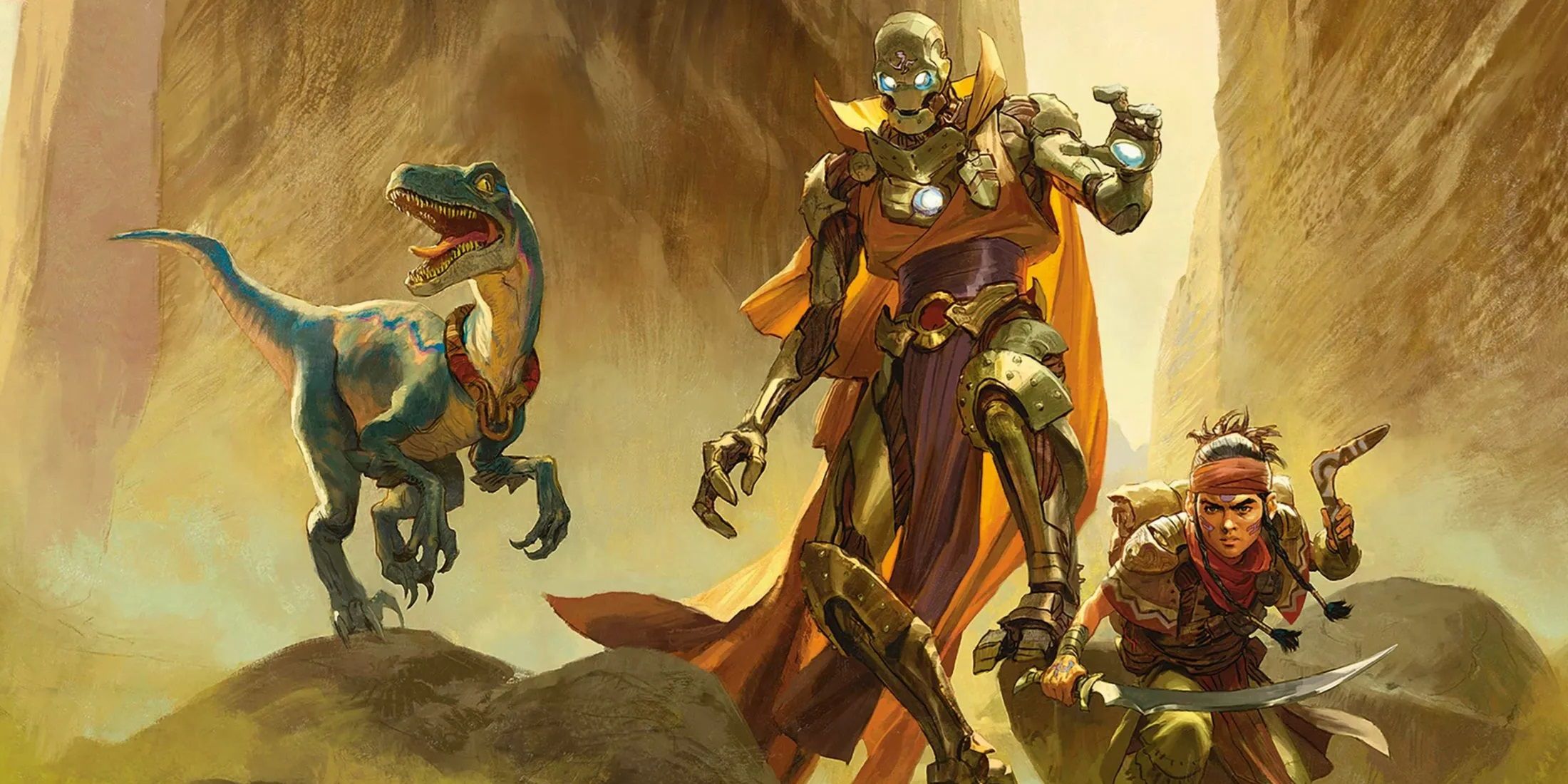
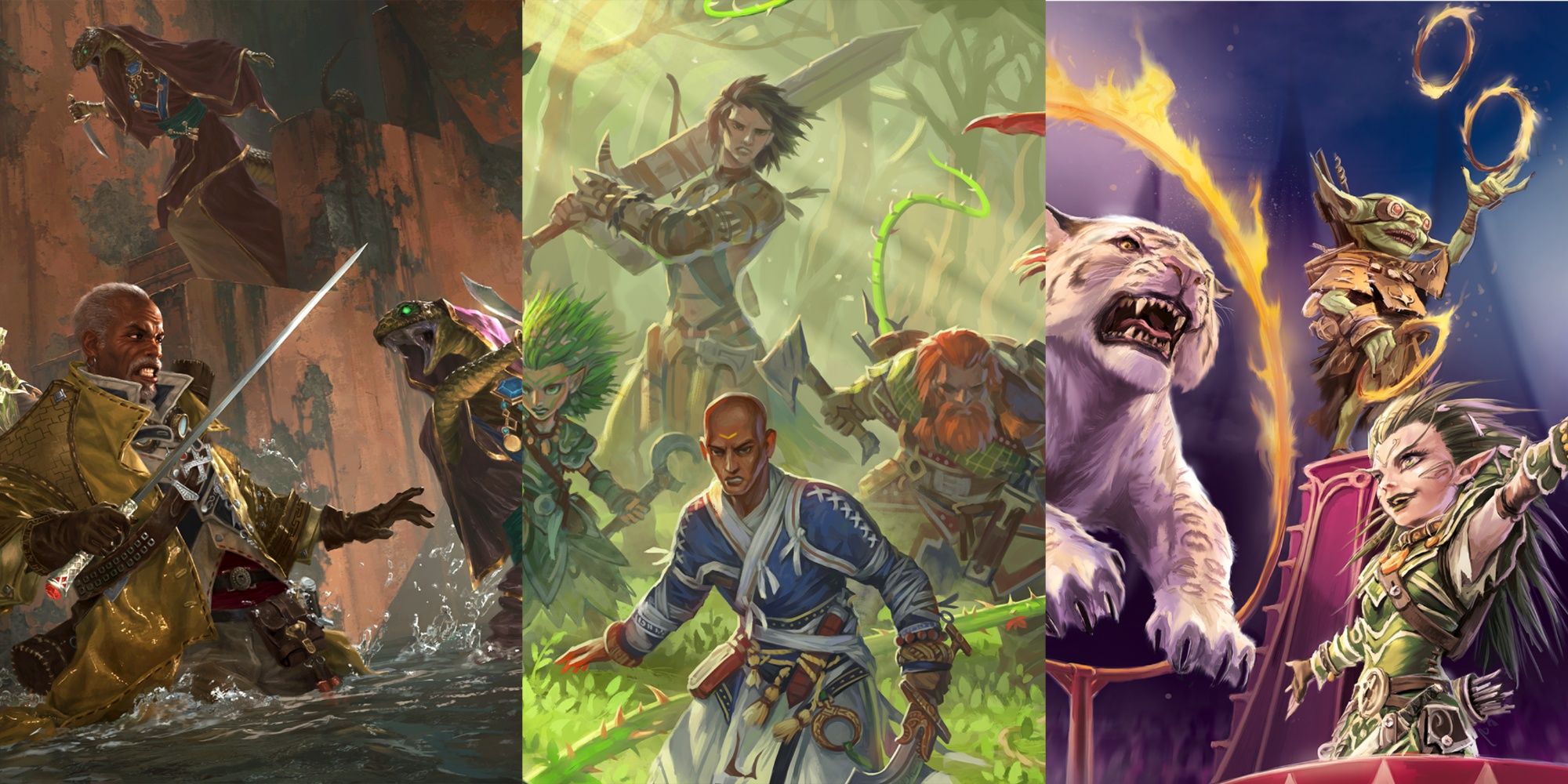
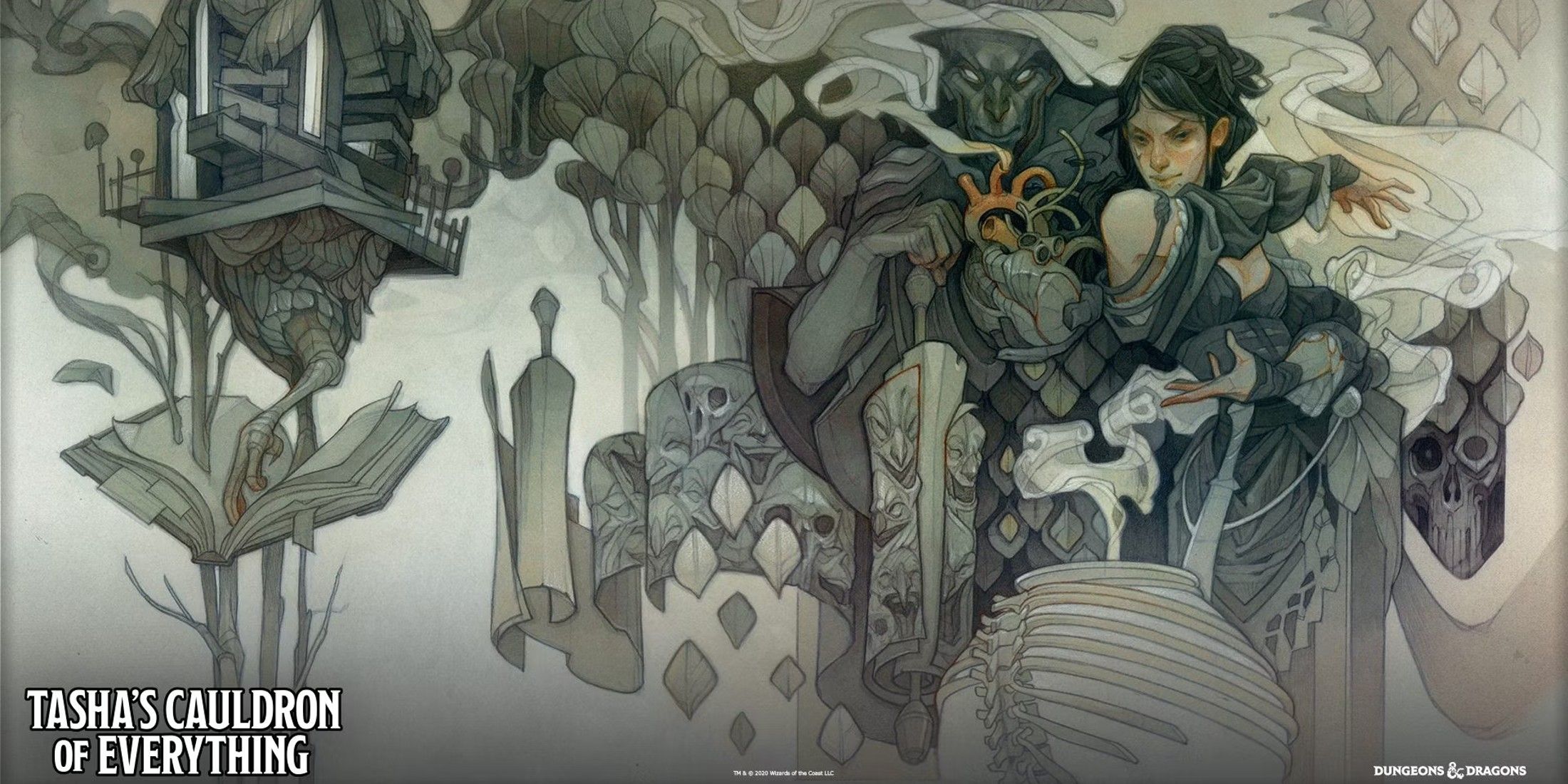
.jpg)
.jpg)
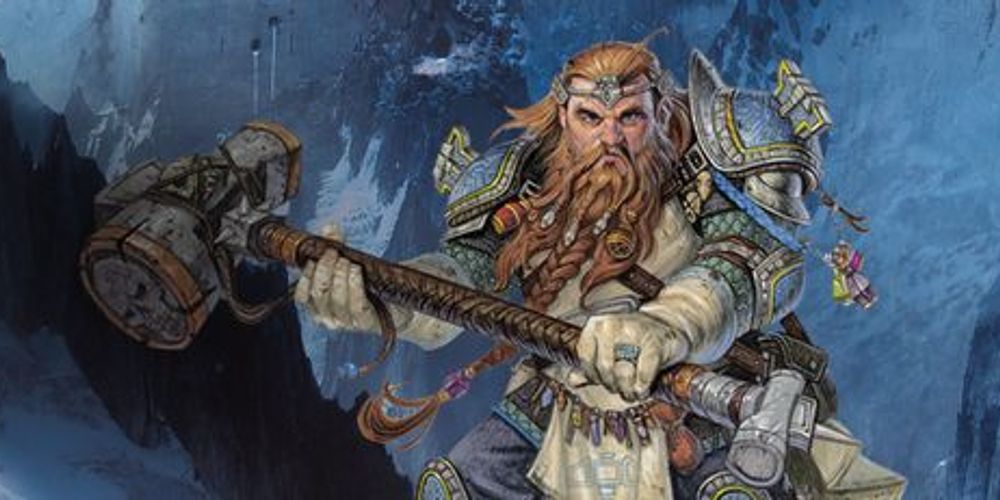
.jpg)
